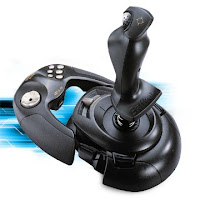 It is important to realize that most printers have their own memory chips, in the same way that each computer has its own memory. If you are printing very large graphics (i.e. pictures), and want the best quality output from your printer then you should consider adding more memory to your printer. This must only be done by a qualified person, and has the benefit of really speeding up the rate at which you can print pages inmany cases.
It is important to realize that most printers have their own memory chips, in the same way that each computer has its own memory. If you are printing very large graphics (i.e. pictures), and want the best quality output from your printer then you should consider adding more memory to your printer. This must only be done by a qualified person, and has the benefit of really speeding up the rate at which you can print pages inmany cases.Cost of printer peripherals
When you buy a printer, one of the things the salesperson will not necessarily
stress is how much it will cost to keep that printer running. Laser printers do
not use ink; they use something called toner that is normally supplied in a
sealed unit called a toner cartridge. Each toner cartridge will allow you to
print a certain amount of pages and when the toner is used up it needs to be
replaced. In some cases the costs of these toner cartridges is very high.
Plotters

A plotter is an output device similar to a printer, but normally allows you to
print larger images. Their use is common in the design and research sector.
Speakers Most computers are sold with the capability to add a pair of speakers to your
Most computers are sold with the capability to add a pair of speakers to your
system unit. In fact, in some cases, the monitor may have speakers built
directly into the unit. This enhances the value of educational and presentation products and can now be considered a standard PC component.
Speech synthesizers A recent development is the ability not only to display text on a monitor but
A recent development is the ability not only to display text on a monitor but
also to read the text to you. Thus, you could receive a text email from a
colleague and the system could read that email to you. This is of enormous
benefit to the visually impaired when using a computer. On the flip side, it is
now possible to use a microphone to talk to the computer and for the computer to directly convert the spoken word into text that will be displayed within say your word-processor. While these systems are far from foolproof they are getting better as more advanced software is being made available.















































